Why Is the Qipao Called China’s “National Dress” but Not Hanfu?

How many of you clicked on this article because of the title? Maybe you’re curious which outfit Chinese people see as the “better” choice—qipaos or hanfu. By the end, you’ll understand.
If you ask which outfit best highlights a woman’s graceful curves and elegance, the qipao would almost always come first. Objectively speaking, when it comes to showcasing the female figure, the qipao stands at the top. After all—what else compares?
That’s exactly why, on many big international stages, apart from the usual skin-baring evening gowns, the qipao has often stood out as something truly unique.
Take Fan Bingbing, for example. At the Cannes Film Festival, she wore a golden dragon-inspired qipao. While it was still technically a qipao, it gave off the aura of an imperial robe—like wearing ambition itself.

Beyond her, countless other Chinese actresses have chosen qipaos for international red carpets, to the point where many people have started equating qipao with China’s “national dress.”
But then, here comes the counterargument: the qipao itself was adapted from Manchu clothing. So does it really deserve to be called the national dress?
Ⅰ. What Is China’s National Dress?
When it comes to “national dress,” most people can quickly name a few examples: Japan has the kimono, Korea the hanbok, India the sari, Vietnam the áo dài, Southeast Asia the sarong, Scotland the kilt, and even the Netherlands has wooden clogs.

But China? Well, it’s a little awkward—China doesn’t actually have any officially designated national dress.
The only time it came close was in 1929, when the Nationalist government issued the Regulations on Attire, which required civil servants to wear the Zhongshan suit (also known as the Mao suit later) or the qipao. In that period, the Zhongshan suit and qipao together were seen as the “standard.”
After the founding of the People’s Republic of China, though, the idea of a national dress essentially faded, even if many people still instinctively associate the Zhongshan suit and qipao with that status.

The Zhongshan suit especially carries symbolic weight—anything named “Zhongshan” in China is usually linked to Sun Yat-sen himself, and the suit is no exception. Sun, who had been exposed to Western ideas early on, once wore Western suits, but he felt they were impractical for China.
At the same time, the traditional Manchu-style long jackets felt outdated. His solution? Borrowing elements from Japanese school uniforms and adding external pockets—thus creating the improved Zhongshan suit.
Looking at it this way, the Zhongshan suit can’t really be considered a traditional “national dress.” So that leaves us with another question: could the qipao qualify instead? And how exactly is the qipao related to the original Manchu attire?
Ⅱ. Does the Qipao Come from Qing Dynasty Manchu Dress?
According to Cihai (a well-known Chinese encyclopedia), the qipao was originally a type of clothing worn by Manchu women during the Qing Dynasty.

But this has long been debated. For example, Wang Yuqing in A Study of Women’s Robes Through the Ages argued that the qipao could actually trace its roots back to robes worn by Chinese women as early as the Zhou, Qin, Han, Tang, Song, and Ming dynasties—not just the Qing.
Scholar Bian Xiangyang, in On the Origins of the Qipao’s Popularity, described it as a “hybrid” of the Chinese vest and the Western long skirt.
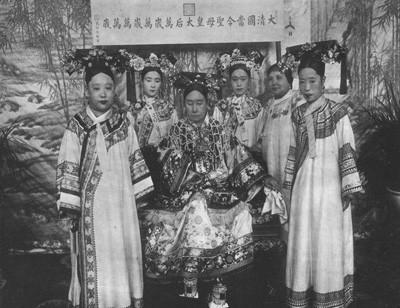
Others, like writers Cao Juren and Li Yuyi during the Republican era, believed the qipao evolved from the traditional aoqun (top-and-skirt set). Still others even linked it to the long gown (changshan) worn by men at the time.
In short, even in the Republic of China period—right after the Qing—people weren’t entirely sure if the qipaos really came from Manchu clothing.
And if you look closely, the qipao is actually quite different from the Manchu women’s qizhuang. So why the “qi” in qipao? Honestly, it was more a matter of habit. The Qing dynasty ruled China for nearly 300 years, so its influence naturally lingered.
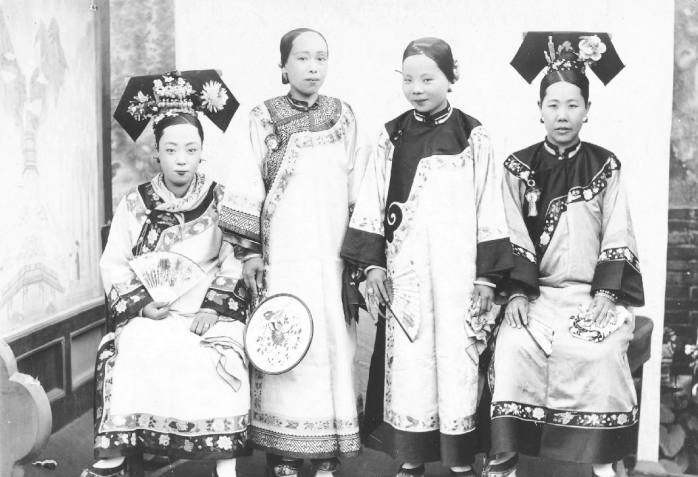
Traditionally, Han Chinese women wore the classic “two-piece” style of hanfu—separate tops and skirts—while Manchu women favored the one-piece long robe.
Because of this, when the Republic era popularized the modern one-piece women’s dress, people naturally started calling it qipao.
In other words, the name “qipao” stuck more out of convention than direct lineage. At best, it has some connection to Manchu dress, but a clear, one-to-one origin? Not really.
Ⅲ. The Qipao — A Fusion of East and West
This is the part I find most fascinating. Some say the beauty of the qipao lies in its ability to dazzle, some see it as timelessly classic, while others call it alluring and seductive. The truth is—they’re all right. And much of this beauty is tied to where it was born: Shanghai.
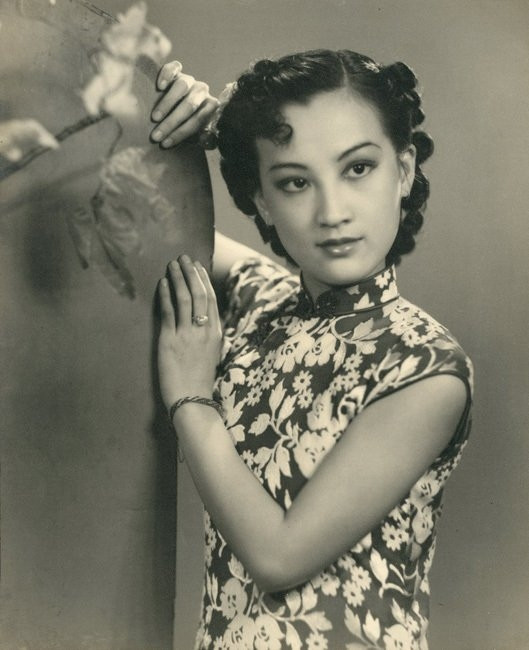
In the early 20th century, Shanghai was a place where tradition and modernity collided, constantly influenced by global fashion trends. Local tailors worked tirelessly to absorb Western styles while preserving Chinese aesthetics.
They borrowed Western tailoring techniques and design ideas, then fused them with local sensibilities. The result? The modern qipao—cut so precisely that adding a little would feel bulky, and taking away a little would feel too tight.
Its slim silhouette and fitted waist reduced the space between fabric and body to almost nothing, wrapping the wearer like a delicate bud about to bloom. Unlike the flowing sleeves of traditional hanfu, the body-hugging cut and high slits of the qipao revealed a bolder style. Yet beneath the shimmer of silk and embroidery, it still carried the subtle elegance and gentle charm of the East.
It soon became a cultural icon—immortalized in films like In the Mood for Love and Lust, Caution, embraced by global stars from Elizabeth Taylor to Jennifer Lopez, and even featured at the 2008 Beijing Olympics.
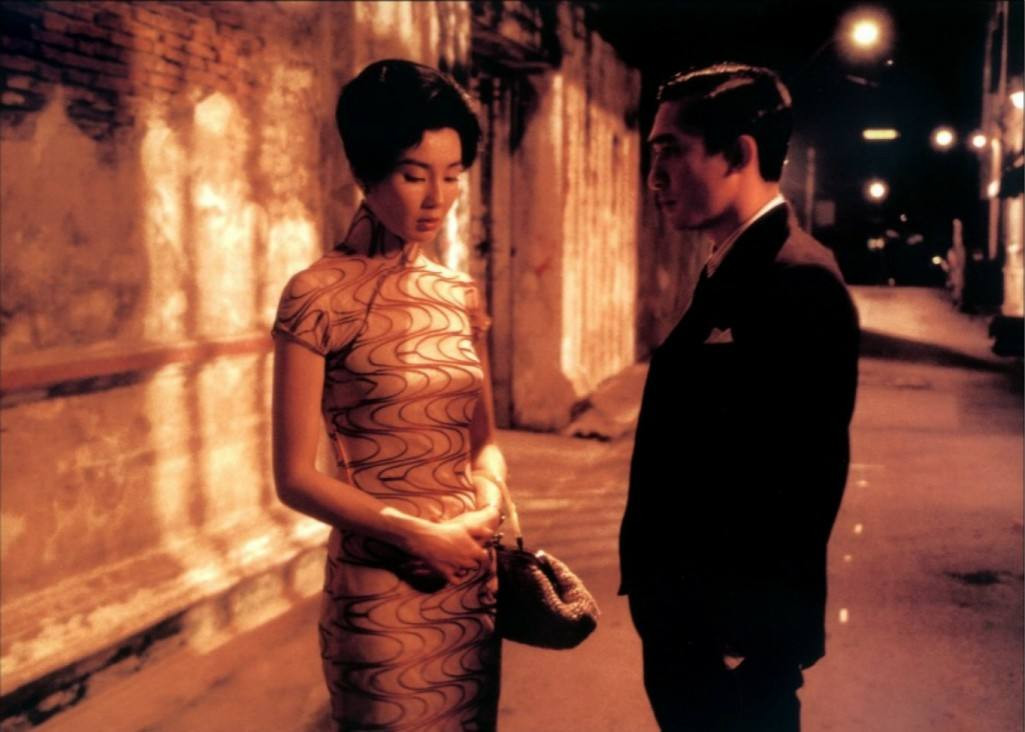
With its mix of Eastern refinement and Western sensuality, the qipao became one of the most internationally embraced Chinese styles. Elizabeth Taylor, Paris Hilton, Kylie Minogue, Emma Watson, Jennifer Lopez, Björk, Ayumi Hamasaki—the list of Western and Asian stars who have worn qipaos goes on.
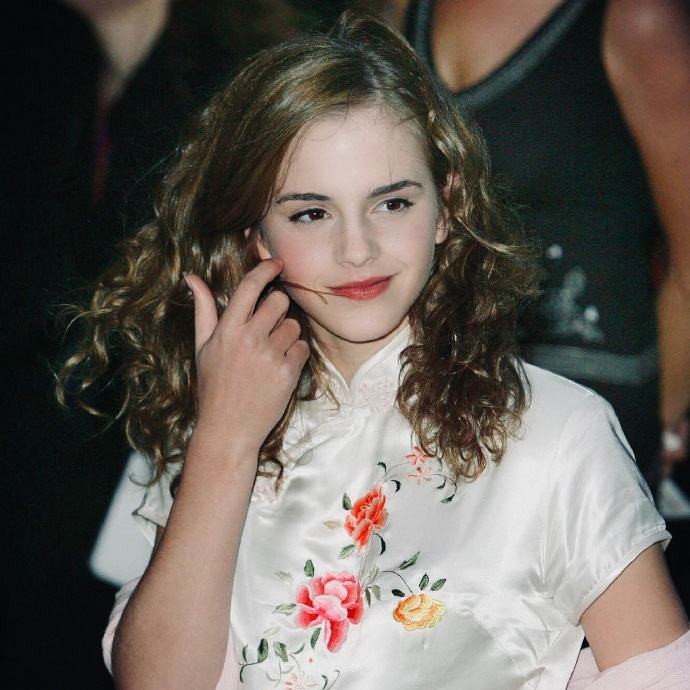
As one of the most successful East-West fashion hybrids, the qipao shows how tradition and modernity can blend seamlessly—and how cultural exchange, when appreciated equally, creates lasting beauty.
The qipao is truly a successful example of East-West fusion in fashion. To me, appreciating both Chinese and Western cultures equally—and sharing them with the world—is the healthiest way to embrace both heritage and innovation.
Ⅳ. Hanfu or Qipao—Which Is More Beautiful?
In recent years, alongside the rise of cultural confidence in China, the Hanfu revival has been gaining momentum. Flowing and ethereal, hanfu brings with it a deeper, more ancient Eastern charm that continues to captivate modern audiences.
So, which is more beautiful today—Chinese hanfu or qipao? Personally, I think it’s the wrong question. Hanfu is the traditional attire of the Han people, while the qipao is a modern-era creation. Each has its own unique appeal, just like different ideals of beauty.
To pit the two against each other is as pointless as the classic “who would you save first, your wife or your mother?” Both garments are products of their times, shaped by shifting aesthetics, and both remain loved today precisely because people continue to find meaning in them. After all, beauty isn’t about ranking—it’s about what resonates with you.
So instead of asking which is “better,” I’d rather wish everyone finds their own “life qipao” or “life hanfu.”
What’s your opinion on this blog? Share your thoughts in the comments!
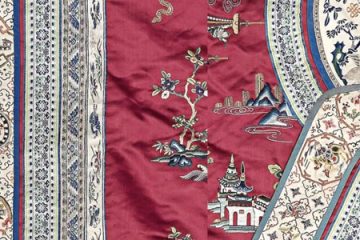
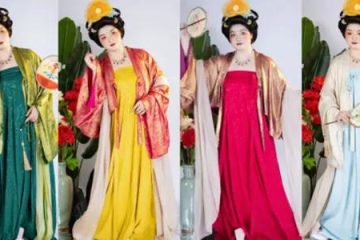
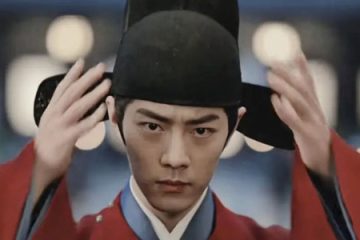
0 Comments